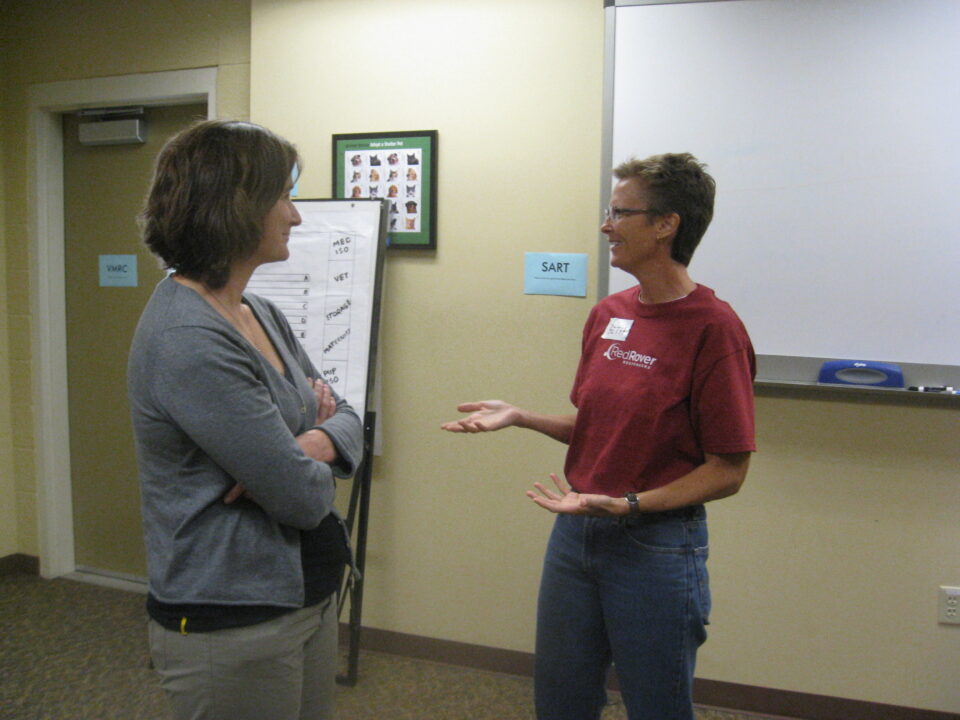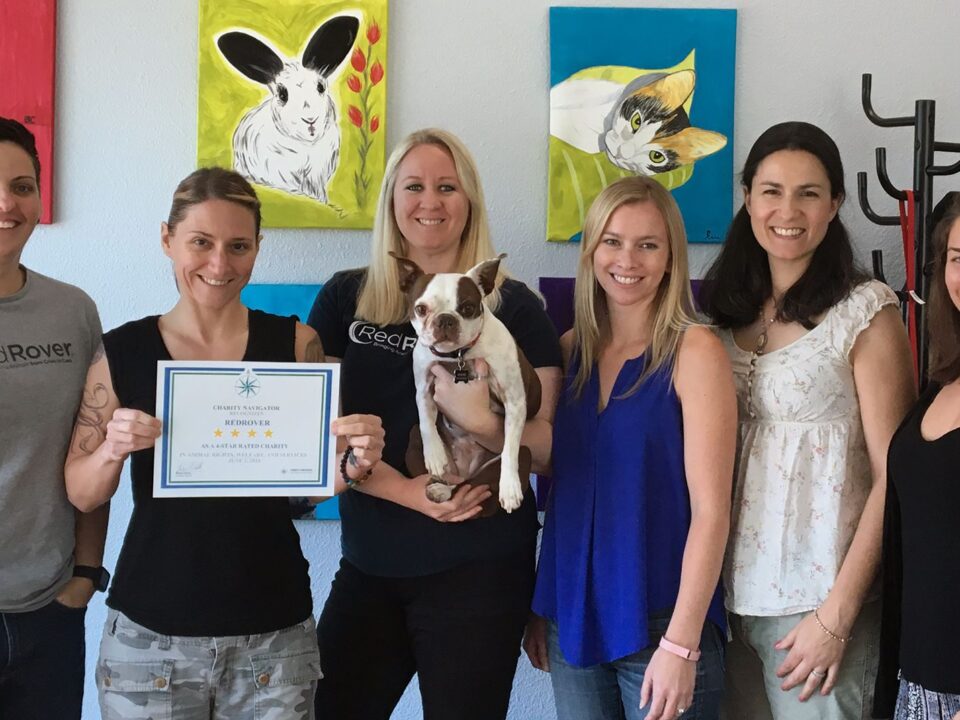Pilot program for Sacramento’s Native youth
November 16th, 2022
By Caty Franco, Project Manager
Earlier this year, RedRover launched a partnership with the Sacramento Native American Health Center (SNAHC) to develop and pilot an expanded version of the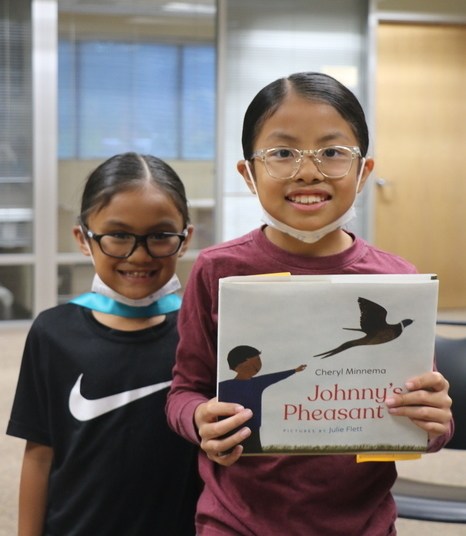 RedRover Readers program. The program, called Early Ages Gathering to Learn Empathy through Stories (EAGLES), uses books by Native authors about animals, together with open-ended discussions, to help children explore concepts such as identity, family, community, responsibility, and recognizing emotions.
RedRover Readers program. The program, called Early Ages Gathering to Learn Empathy through Stories (EAGLES), uses books by Native authors about animals, together with open-ended discussions, to help children explore concepts such as identity, family, community, responsibility, and recognizing emotions.
The first phase of the project involved choosing high-quality, illustrated children’s books by Native authors about animals. We selected books using criteria developed by Oyate, a Native organization working to ensure that Native lives and histories are portrayed with honesty and integrity. Books that fit the Oyate criteria were then narrowed down using RedRover Readers criteria. The combined criteria include: appropriate for children ages 5 to 11; written by a Native author; depicts Indigenous people, culture, and language without stereotypes or oversimplification; shows accurate emotions and behaviors, and a human-animal connection.
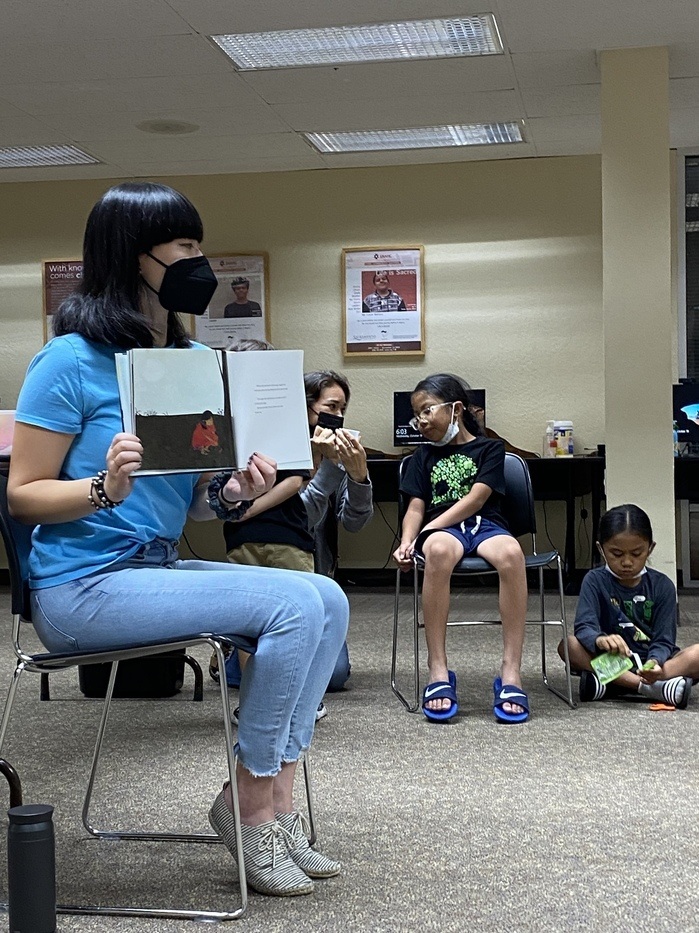 After much reading and discussion between SNAHC, RedRover, and feedback from the region’s American Indian Education programs, we chose the following Native-authored books to test and develop curriculum:
After much reading and discussion between SNAHC, RedRover, and feedback from the region’s American Indian Education programs, we chose the following Native-authored books to test and develop curriculum:
- Johnny’s Pheasant by Cheryl Minnema
- What’s the Most Beautiful Thing You Know About Horses? by Richard Van Camp
- The Girl and the Wolf by Katherena Vermette
- Goose Girl by Joe and Matrine McLellan
We also included the following two stories about community dogs and cats to be inclusive of those who may be more familiar with animals in a neighborhood setting:
- Nobody’s Cats by Valerie Ingram and Alistair Schroff
- Out of the Cold by Valerie Ingram and Alistair Schroff
SNAHC, RedRover, and local American Indian Education partners co-developed Teaching Guides for each story and planned six weekly sessions to pilot the materials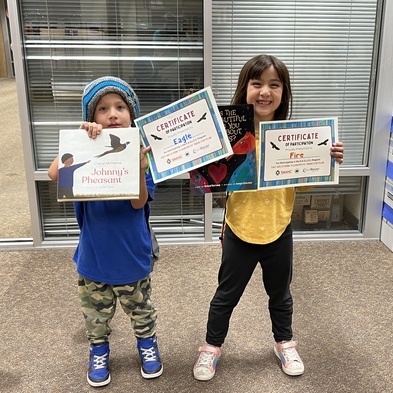 with a small group of Native youth. Each week, RedRover staff read the story, asking questions before, during, and after, and concluded with an extension activity to reinforce concepts in the story. We administered pre- and post-tests to evaluate the effectiveness of the program, and after each reading, the teams met to go over what went well and how to improve. For example, we made an adjustment early on to incorporate drawing or group activities after reading to sustain engagement and promote learning in non-verbal formats. We provided healthy snacks and activities for the children, such as SNAHC-branded fidget spinners, to help the students stay energized and focused. We concluded the sixth reading with a “graduation ceremony” where students received certificates, books, games, and other fun goodies for their participation.
with a small group of Native youth. Each week, RedRover staff read the story, asking questions before, during, and after, and concluded with an extension activity to reinforce concepts in the story. We administered pre- and post-tests to evaluate the effectiveness of the program, and after each reading, the teams met to go over what went well and how to improve. For example, we made an adjustment early on to incorporate drawing or group activities after reading to sustain engagement and promote learning in non-verbal formats. We provided healthy snacks and activities for the children, such as SNAHC-branded fidget spinners, to help the students stay energized and focused. We concluded the sixth reading with a “graduation ceremony” where students received certificates, books, games, and other fun goodies for their participation.
At one point in the reading about a character who felt a connection to a goose, we asked the children if they could imagine feeling a connection to an animal. One child replied, “I imagine that I could have a connection with a buffalo because my Tribe has a connection with buffalo.”
“It was truly magical to watch the kids go through this experience and share their thoughts, feelings, and experiences with animals. Some kids who were so shy at the beginning, not saying a single word, were laughing, smiling, and participating in discussions by the last session,” says Caty Franco, Project Manager at RedRover. “We learned so much during these pilot sessions, and we will integrate all of the feedback to make the EAGLES Program as culturally-responsive and helpful as possible.”
Maureen Wimsatt, Chief Program and Development Officer at SNAHC, shared “the EAGLES Program has brought joy to staff who have supported the project, and hope to those who participated. We are excited to continue this thoughtful partnership with RedRover in the months ahead. RedRover has helped us create something we hope others can use too.”
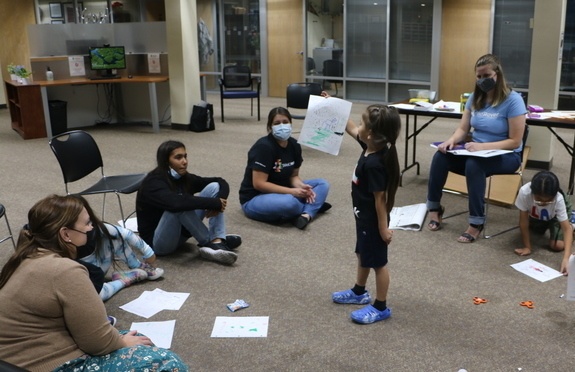 The next step for the EAGLES Program will be hosting a RedRover Readers workshop for SNAHC staff and older Native youth who wish to develop skills in early childhood education and life skills. The workshop will teach the strategies we use in the RedRover Readers program to read and keep discussions neutral, non-judgmental, and open-ended. From there, SNAHC will sustain the program in-house, with the goal to expand to serve as many American Indian and Alaska Native children within the Sacramento region as possible.
The next step for the EAGLES Program will be hosting a RedRover Readers workshop for SNAHC staff and older Native youth who wish to develop skills in early childhood education and life skills. The workshop will teach the strategies we use in the RedRover Readers program to read and keep discussions neutral, non-judgmental, and open-ended. From there, SNAHC will sustain the program in-house, with the goal to expand to serve as many American Indian and Alaska Native children within the Sacramento region as possible.
The end goal of the EAGLES Program is to make it available for utilization and customization at the national level, with Tribes, urban Indian organizations, and schools able to adapt and implement the RedRover framework in other communities to meet their specific needs. We look forward to continuing the collaboration with SNAHC and others who serve diverse communities including Native youth. These types of partnerships make the world a kinder, healthier place for people and animals.


